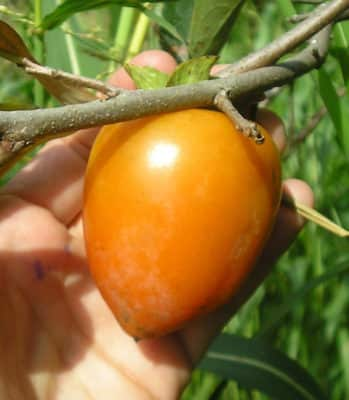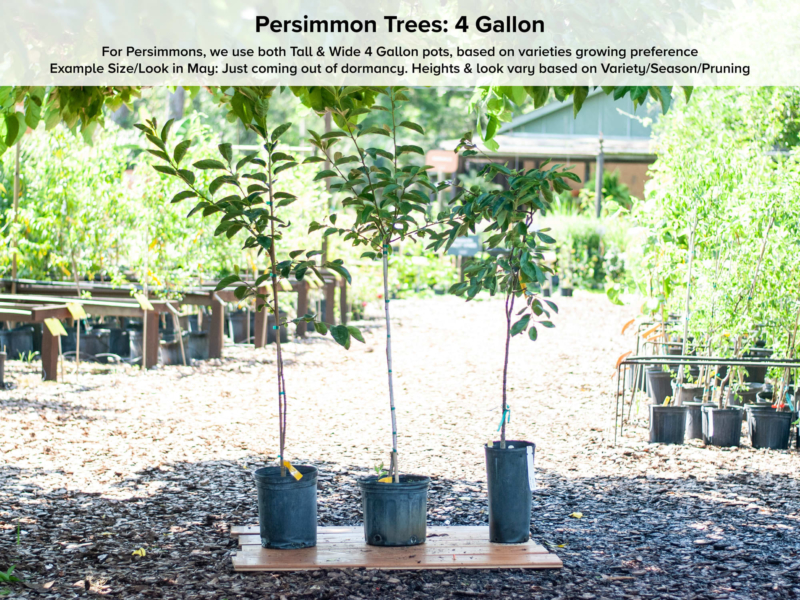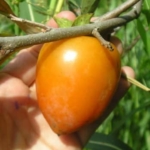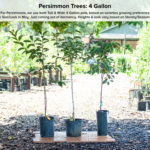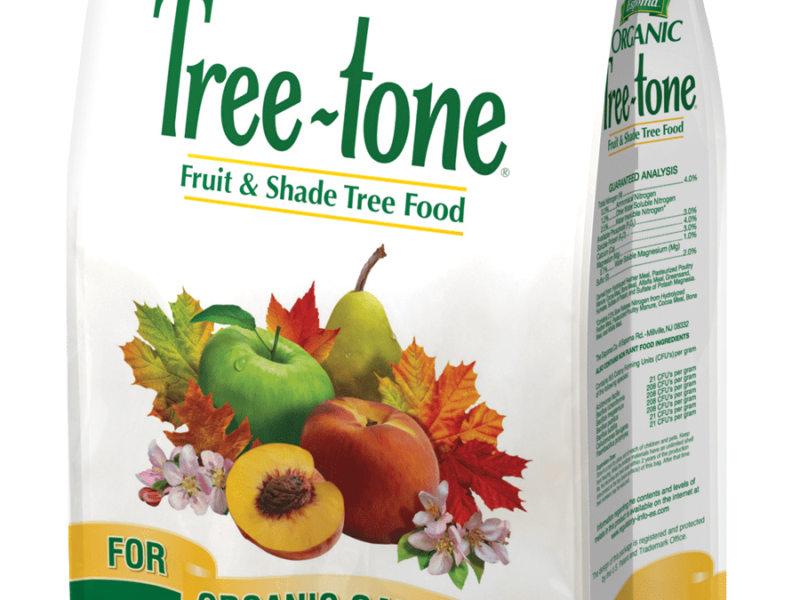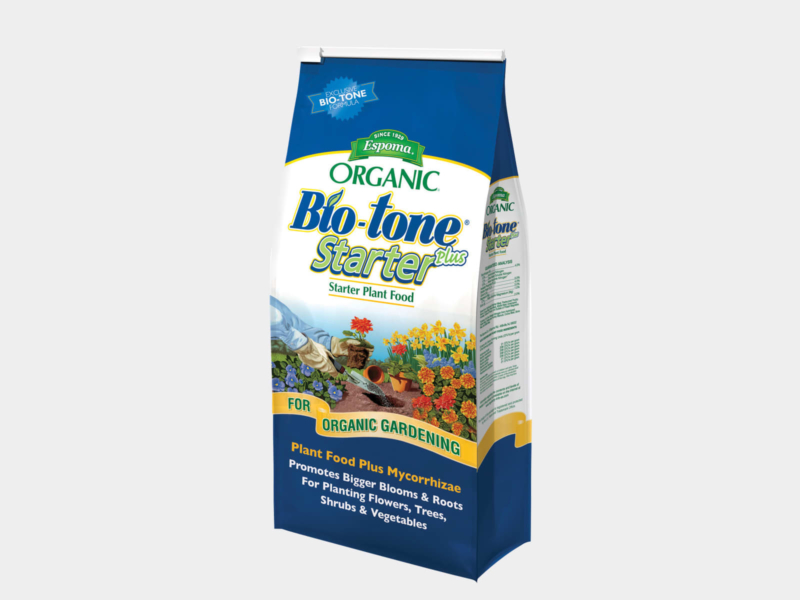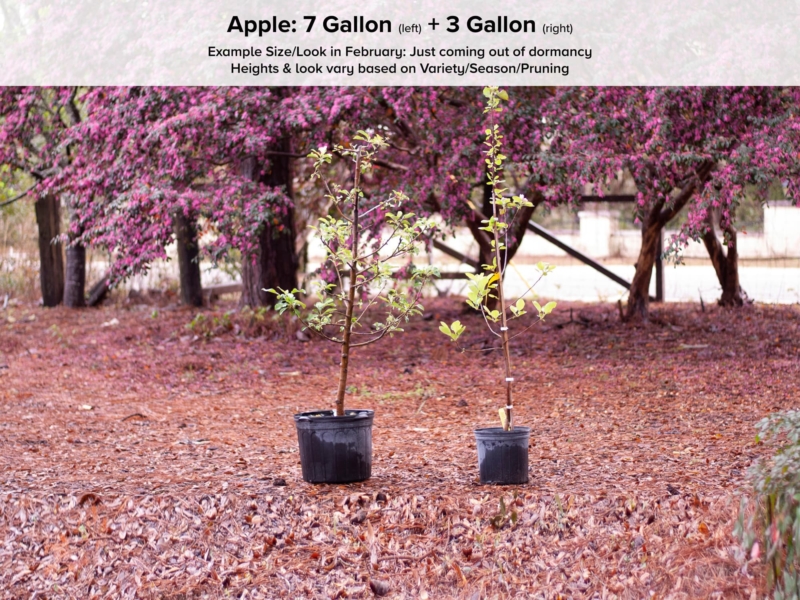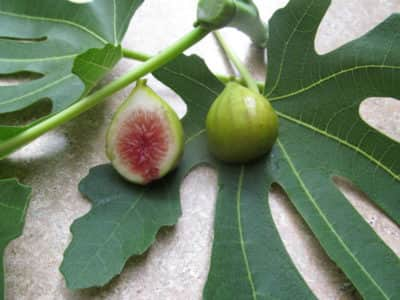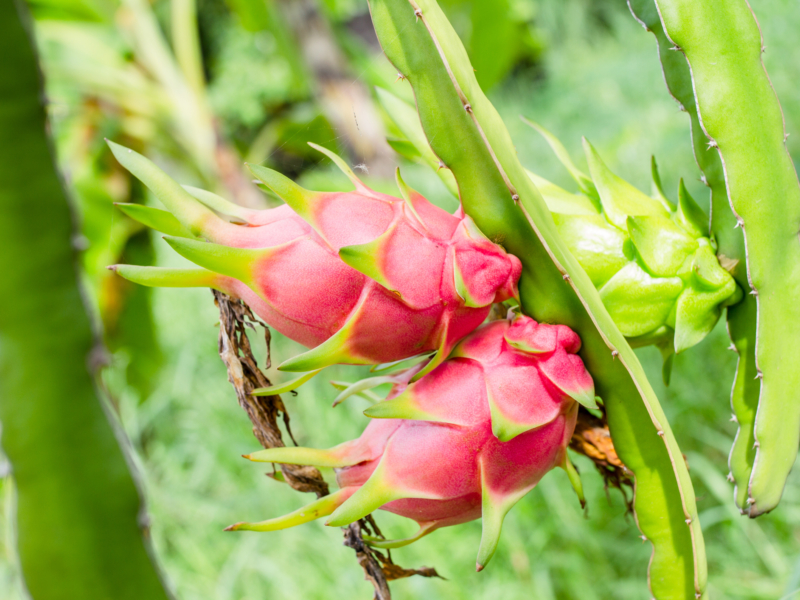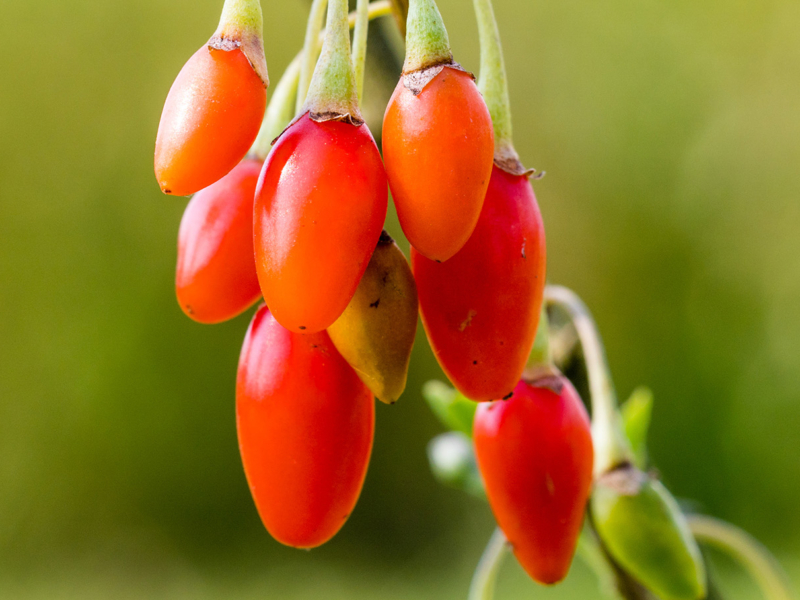Recommended Fertilizers
Starter Fertilizer: Kickstart with Espoma Organic Bio-tone® Starter Plus. This potent blend boosts root mass and aids in mitigating transplant shock, ensuring your plants thrive in their new home.
Maintenance Fertilizer: For continued growth and fruit production, we recommend Espoma Organic Tree-tone Fertilizer. Designed specifically for fruit trees, this balanced formula nourishes your plants, promoting vibrant growth and bountiful harvests.
Fruitscaping™ with Persimmon Trees
Embark on a unique Fruitscaping™ journey with our exquisite selection of Persimmon Trees. We offer both astringent and non-astringent varieties to cater to diverse taste preferences. While astringent persimmons are known for their high tannin content, making them best enjoyed when fully ripe, non-astringent persimmons can be savored crisp, like an apple, without the mouth-puckering sensation.
Persimmon trees are nature’s multi-taskers, adding visual allure, shade, and succulent fruits to your organic garden. They are remarkably resistant to diseases and pests, making them a low-maintenance yet high-reward addition to your Fruitscaping™ endeavors.
Persimmons thrive in well-drained, sandy or loamy soil and prefer slightly acidic conditions. They flourish under full sun exposure, needing at least six hours of sunlight daily to yield a rich crop.
In the Fruitscaping™ design, persimmon trees offer striking ornamental value. Their lush foliage in summer and vibrant, orange-yellow fall colors create a spectacular display. Moreover, the bright orange fruits hanging on the tree after leaf drop offer a unique, decorative touch throughout the winter.
Persimmon trees also prove a fantastic choice for different gardening styles. Whether you choose to shape them into a magnificent espalier or let them grow naturally, they contribute to the overall aesthetic appeal of your garden.
Immerse yourself in the rewarding journey of Fruitscaping™ with our Persimmon Trees. From planting and caring to harvesting and enjoying the sweet, honey-like flavor of your homegrown persimmons, each step is filled with delightful experiences. With our astringent and non-astringent varieties, discover the pleasure of growing and savoring your own persimmons.
Growing Guides
You can find many planting & care guides on our growing guides page.

